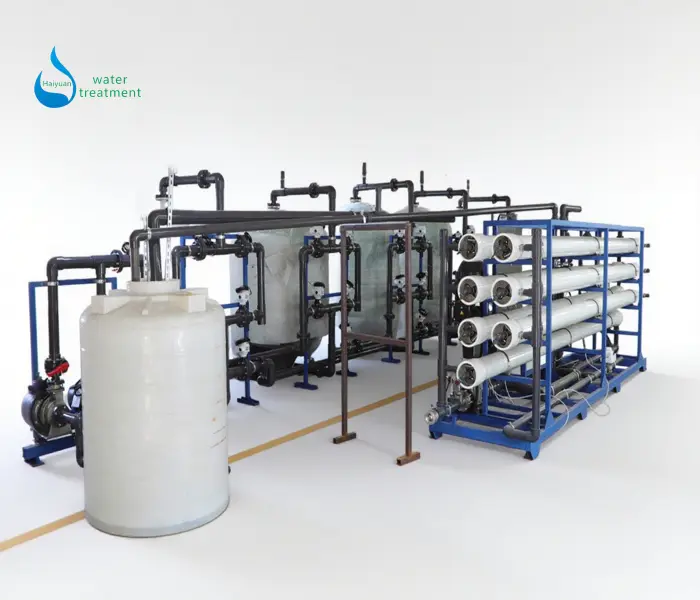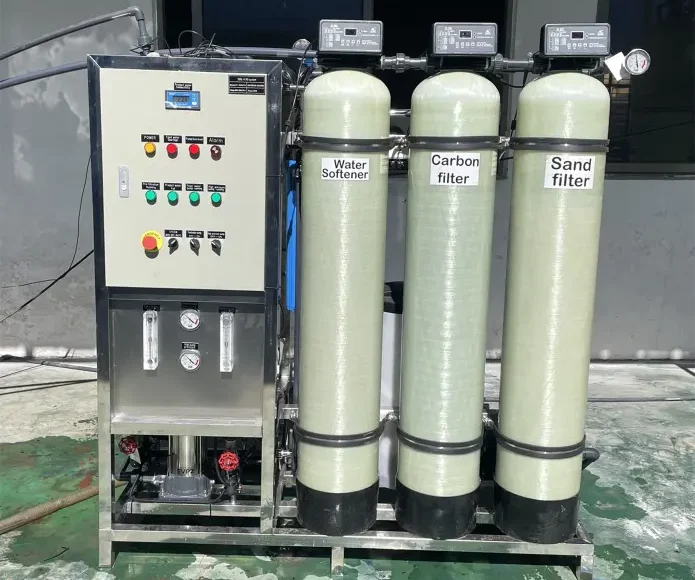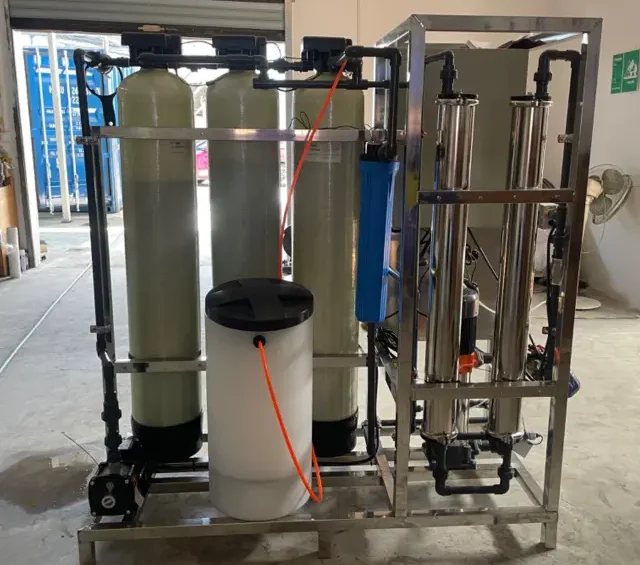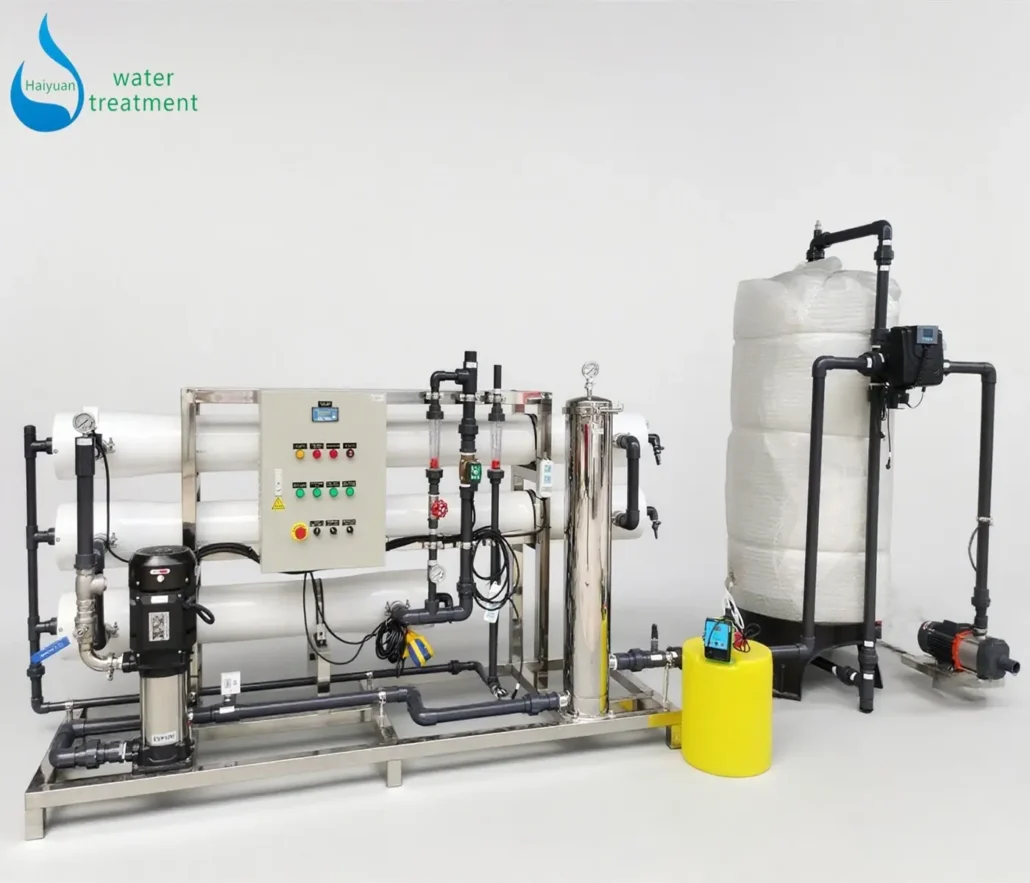How to Choose the Right Water Treatment Equipment
What Is Water Treatment Equipments?
Water treatment equipment refers to systems and machines designed to purify raw water — removing impurities, suspended solids, bacteria, and dissolved salts — to make it suitable for drinking, industrial, or commercial use.
These systems can process water from wells, rivers, or seawater sources and deliver consistent, high-quality purified water.
The main types include:
Reverse Osmosis (RO) systems – for desalination and pure water production
Ultrafiltration (UF) systems – for removing suspended solids and bacteria
EDI systems – for high-purity water in electronics and pharmaceutical use
Seawater desalination systems – for coastal or island applications
Containerized water treatment systems – for mobile and rapid deployment
About Reverse Osmosis (RO) system:
It works by using a semi-permeable membrane to remove up to 99% of dissolved salts, heavy metals, bacteria, and organic contaminants from raw water such as well water, river water, or seawater.RO systems are essential in both industrial and commercial applications — from bottled water production to seawater desalination and high-purity manufacturing.

Basic Process Flow of Reverse Osmosis Water Treatment Equipment
A complete reverse osmosis (RO) water treatment system usually consists of five main stages, forming a continuous purification process from raw water to clean product water.
1.Raw Water Pump and Pre-filtration
Raw water from a well, river, or tank is first delivered by the raw water pump into the pre-treatment system.
This section includes:
-
Multimedia filter – removes sediment, mud, and suspended solids.
-
Activated carbon filter – removes chlorine, odor, color, and organic compounds.
-
Water softener (optional) – reduces hardness to protect the RO membranes.
Purpose: To ensure that the feed water entering the RO membranes is clean and stable, preventing damage and fouling.
2. Precision Filtration
After pre-treatment, the water passes through a cartridge filter (5-micron filter) to remove any fine particles that escaped earlier stages.
This step ensures the RO membrane’s safety and extends its service life.
3. High-Pressure Pump
The high-pressure pump provides the pressure (typically 1.0–1.5 MPa for brackish water, 5–7 MPa for seawater) needed to overcome natural osmotic pressure and push water molecules through the RO membrane.
Only pure water molecules can pass — salts and impurities are rejected.
4. Reverse Osmosis Membrane Separation
This is the core stage of the system.
Water is forced through semi-permeable membranes (such as DOW, Vontron, or Toray).
-
The product water (permeate) contains very low TDS (usually <50 ppm).
-
The reject water (concentrate) carries away dissolved salts and impurities.
Depending on design, single-stage or double-stage RO systems can be used to achieve desired purity.
5. Post-Treatment and Storage
The purified water may undergo:
-
UV sterilization or ozone disinfection (for drinking water)
-
Mineralization (to improve taste)
-
EDI or mixed bed system (for ultra-pure applications)
Finally, the product water tank stores the clean water, ready for distribution or use.
An automatic control panel (manual/PLC) manages the entire process — including pressure, flow, and system protection.


Why Choose Advanced Water Treatment Equipments?
Modern industries, agriculture, and communities all rely on safe water. Using professional water treatment equipment brings multiple benefits:
Stable water quality — ensures consistent production standards
Cost-effective operation — reduces chemical use and energy consumption
Smart control system — PLC or automatic panel for easy monitoring
Eco-friendly design — minimal wastewater and energy-efficient
Flexible installation — containerized units for easy transport and quick setup
Whether for drinking water stations, food processing, hotels, or industrial manufacturing, the right equipment ensures reliability and efficiency.
Applications
-
Municipal water purification
-
Bottled water production
-
Pharmaceutical & electronics industry
-
Agricultural irrigation
-
Seawater desalination for coastal areas
-
Emergency or mobile water supply
From a small 500L/H system to large 100m³/H industrial plants, equipment can be fully customized based on raw water quality and final water requirements.
How to Choose the Right Water Treatment Equipments
When selecting a system, consider:
-
Raw water source – well water, river water, or seawater
-
TDS (Total Dissolved Solids) level
-
Required capacity – e.g. 5000L/H, 10m³/H, etc.
-
Purpose – drinking, process water, or industrial use
-
Available space – whether you need a containerized or skid-mounted design
A professional manufacturer can analyze your water report and recommend a suitable configuration.

Haiyuan Water Treatment Equipments Manufacturer
Haiyuan specializes in designing and manufacturing customized water treatment equipment for global customers.
Our systems are widely used in Africa, Latin America, and the Middle East, providing reliable water purification solutions from 50L/H to 100m³/H capacity.
– 20+ years of experience
– CE and ISO-certified systems
– Full set of accessories and spare parts
– OEM/ODM customization available
Contact Us for a Quick Quote
Looking for reliable water treatment equipment for your project?
Contact us today — our engineers will recommend the best system and send you a quotation within 24 hours.
Email: haiyuan@swroplant.com
WhatsApp: +86-18825874379
